How to Plan and Write an Economics Internal Assessment (IA)
So... you have chosen an article to base your economics internal assessment ("IA") on and are moving to the next step of planning your IA. This article, written by an experienced IB teacher, sets out a seven-step process that you can use to make writing your IA that little bit easier.
Step 1- Find the right source
Find a newspaper article (*on a weekly basis) and record the website address and date of the article.
The article that we will analyse in this example can be found here.
Step 2 – Identify the key material
Highlight the relevant text for your application. It’s important that you are happy with the material you are going to use.
Step 3 – Key terms matter
Outline key terms to be defined.
*Define the necessary terms if not clear
- Market Failure – inefficient allocation of resources
- Externalities:
Demerit good – plastic bags creating a negative externality of consumption
Merit good – biodegradable bags or cloth bags creating a positive externality of consumption - Welfare loss
- Government Intervention:
command and controlled method – Banning
Free-market-oriented – indirect taxation on plastic bags
Subsidy to promote the positive externality
Step 4 – What is the economic theory you are applying?
Outline key Economic theory to be used
- Market Failure – existence of externalities
- Demerit good – the consumption of plastic bags leads to a negative externality of consumption, the external cost is unhealthy oceans and fishing grounds, destroying the natural habitat, environmental damage to trees and environment (Reference to the quotes from the article):
- A fishing hub near the mouth of the Copper River, is dependent on healthy oceans. She said a plastic bag ban would help reinforce that message in the community. It would also help clean things up.
- She said it’s not unusual to see plastic grocery sacks stuck in trees or bushes along the highway leading out to the landfill, 17 miles from the city center.
- He often goes hunting for rabbits along the road. Bags and plastic foam clamshell boxes dot the landscape. “They’re everywhere.”
- Explanation of the diagrams and short overview of short-run and long-run effects of this externality to the society
- Government Intervention – use of the command and controlled method – banning ( direct regulation) to diminish the negative externality
- Discussion on the short-run and long-run pros and cons of the banning – government intervention in the market: Use of quotes from the article to support discussion:
- He said the biggest challenge has been trying to get Cordova’s sizable transient population to understand the upcoming ban
- Cordova’s one-year lag was to give businesses time to adapt to the change,
- Enforcement will be through the police department, with violators facing a fine of up to $1,000. But interim city manager and Police Chief Mike Hicks said it’s unlikely the maximum fine would be imposed. He said most retailers have been receptive to the change.
- “I don’t think we’re going to have any problems with people switching over,” he said. “I think it’s going to go just fine.”
- Comparison to alternative policies as outlined in the article: a Fairbanks tax on plastic bags was considered
- Discussion on direct regulation impact vs use of indirect taxation ( free-market method) so compare and contrast pros and cons of the banning with the indirect taxation
- Be clear on the meaning of Fairbanks ( see here for further information: https://en.wikipedia.org/wiki/Fairbanks,_Alaska)
- Use of quotes from the article to support discussion:
A Fairbanks tax on plastic bags was considered by the City Council in 2009, but community pushback forced the city to rescind the measure before it ever went into effect.
- Other alternative solutions – promotion of merit good – biodegradable bags and/ or reusable cloth bags e.g. through subsidy: Use quotes from the article:
- He’s been saving boxes and looking into buying reusable cloth bags for customers. But those are expensive, and customers would have to pay for them.
- This summer the store handed out 400 reusable bags hoping to target those customers. They were a hit.
- “We have a lot of people come through with the cloth bags,” Branch said. “It’s really is cool to see people embracing it.”
Step 5 – Enhance your analysis by using diagrams
Draw at least two relevant diagrams (*these must be your own drawing and labelling)
- Negative externality of consumption ( plastic bags – external cost – environmental hazards) + effect of banning
- Imposition of a fairbanks tax ( indirect tax) on plastic bags in the negative externality of consumption diagram
- Positive externality of consumption (cloth bags) + use of subsidy to promote these further and support businesses and customers in the transition period
For example:

Economics IA graph example
Step 6 – Evaluate the material effectively
Brainstorm some ideas for evaluation –
- impact of policies stated in the article
- impact on stakeholders in the short and long-run,
- suggest alternative policies,
- refer to Schools of Economic Thought
Step 7 – Get it down!
Once you have gathered all your relevant research, have nailed your analysis and evaluation and have a good idea of what you intend to argue, the next step is to get writing! Ensure you follow the guidance set by the IB and communicated by your class teacher.


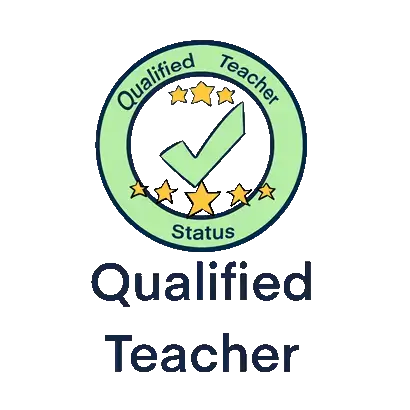
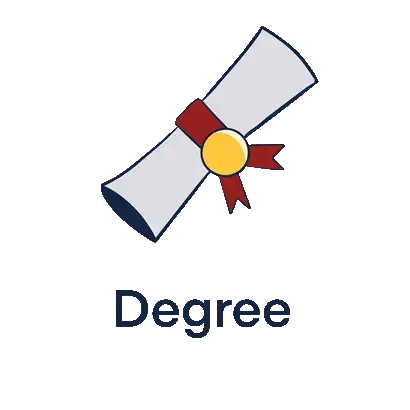
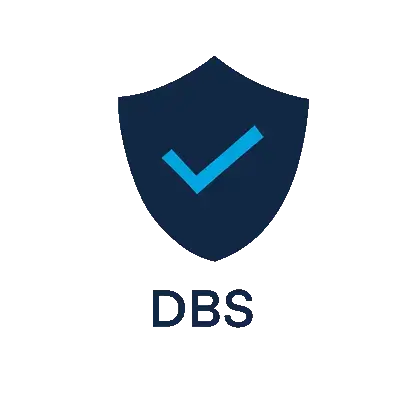

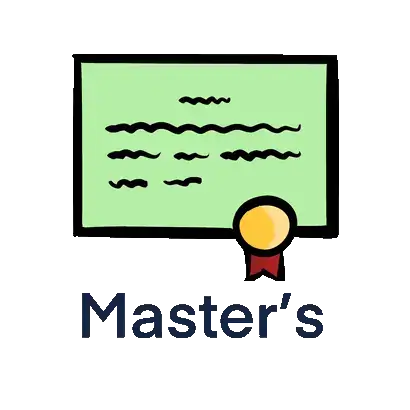
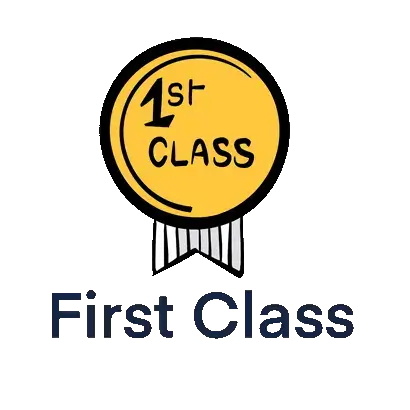

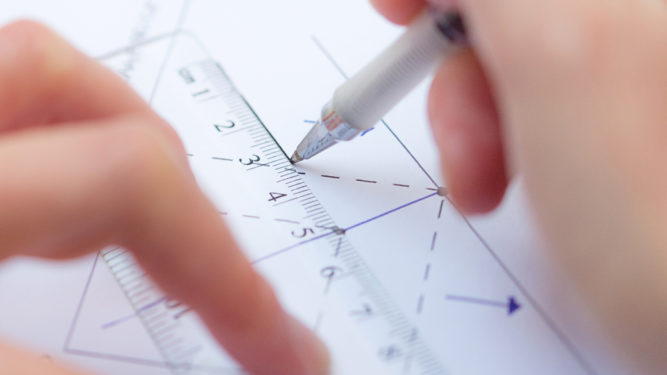
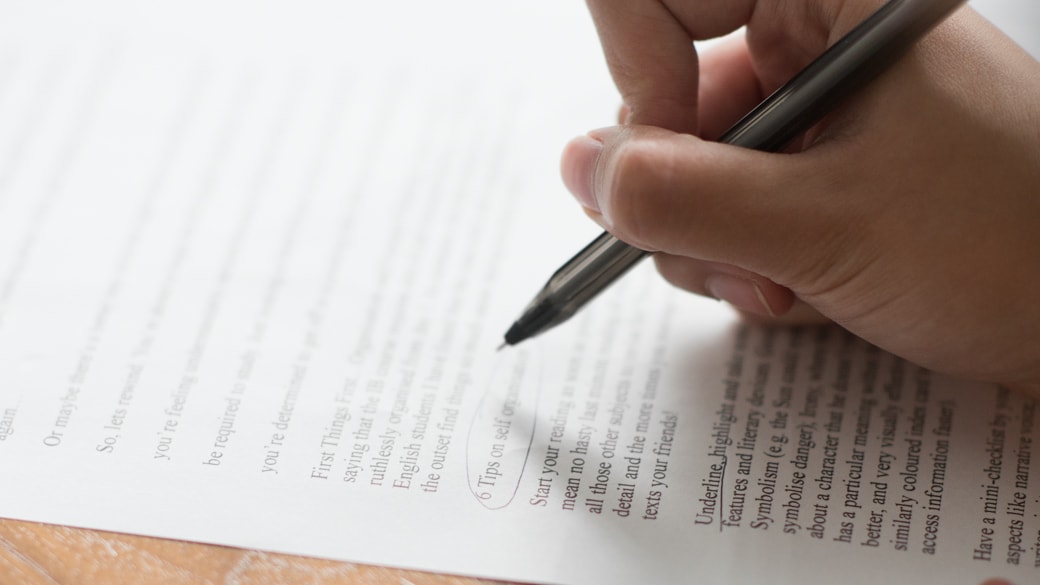
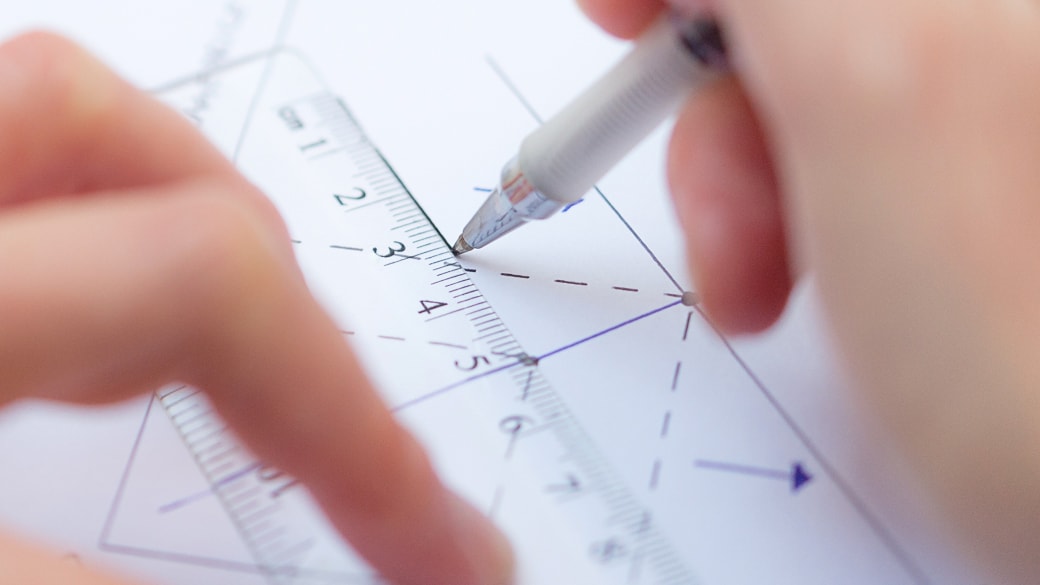
Im doing a microeconomics IA on banning of plastic bags. However something i have noticed is there is no price rationing system with plastic bags so what your graph shows is wrong? Please correct me if there is a reason for this.
Hi Nicholas,
Thank you for your comment. The situation with the plastic bags actually depends on the country. In most countries nowadays, plastic bags have a price which can vary. For example, in Germany, plastic bags can range from price of €0.10 to €1.50. In this case, there is a price rationing system and the negative externality of consumption.
If plastic bags are however free, of course people will consume to the point where the marginal benefit (MPB) is equal to zero, so over-consumption takes place. In the example article on Alaska, 1.2 million plastic bags are purchased and distributed each year by retailers which is of course a private cost for the retailer. However, plastic bags might seem free to the consumer but the retailer purchases the plastic bags and distributes them with a cost to the consumer by charging higher prices for supermarket items. This shows a negative externality and a given market price as there is a marginal cost to the retailer and a perceived zero cost to the consumer which is exploited. If the supermarkets give out the free plastic bags, the consumption of these however creates an external cost as shown in the diagram.
I included the NEC diagram to show this effect as an example. You can however also use a negative externality of production diagram, depending on what you wish to show. It is however important that you are clear that a market price exists and thus a price rationing system is in place. So, if your IA is on banning of plastic bags, then undertake some research on the country and situation at hand to justify your reasoning. If you need some further guidance, then take a look at this: https://www.economicshelp.org/blog/14665/economics/theres-no-such-thing-as-a-free-plastic-bag/
I hope this helps. Let me know if you have more questions and good luck with your IA.